CROSS-COUNTRY ANTIQUES: INAUGURAL TRANSAMERICAN MOTORCYCLE ENDURANCE RUN
Really nervous. That’s how event organizer Kelsey Jackson felt when riders launched their antique motorcycles down the twisting two-lane blacktop on September 4, 2025, from Jennette’s Pier in Nags Head, North Carolina, on the first leg of the inaugural TransAmerican Motorcycle Endurance Run. While hoping the event would be fun for all involved, she was also stressed people wouldn’t show up in the small towns and villages where ‘cyclists would stop for layovers. Prior to the event, “I worked with each community and got press releases out and worked with either the visitor bureau or Chamber of Commerce, and sent out flyers and social media blasts to encourage folks to turn out, even if they’re not motorcyclists,” Kelsey said. “I must tell you I was really nervous because I’ve never done this before. I’m a digital media girl, and I have written tons of press releases, but working with towns and communities was new to me. When we pulled into our first town, which was Apex, North Carolina, there were actually people there and I was like, ‘Oh, thank God!’, because I was worried no one would show up.”
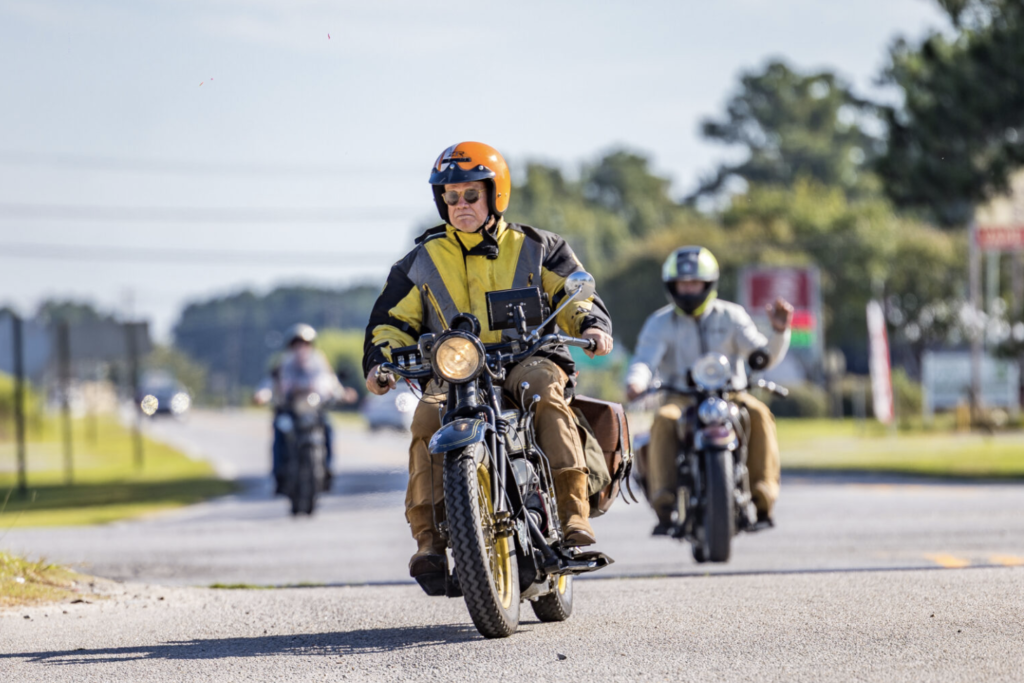

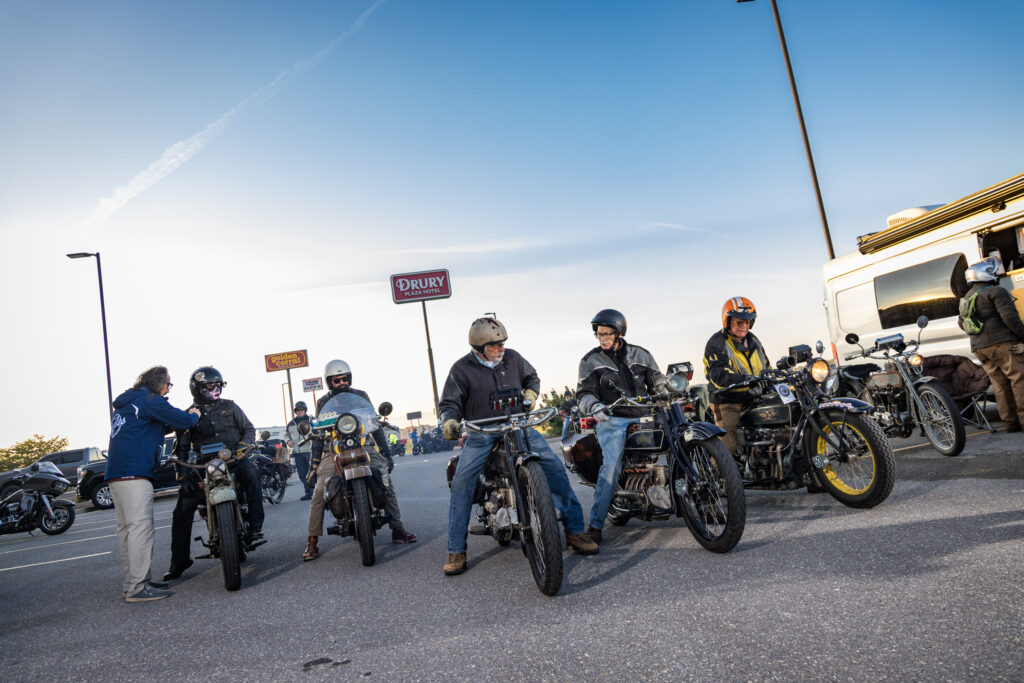
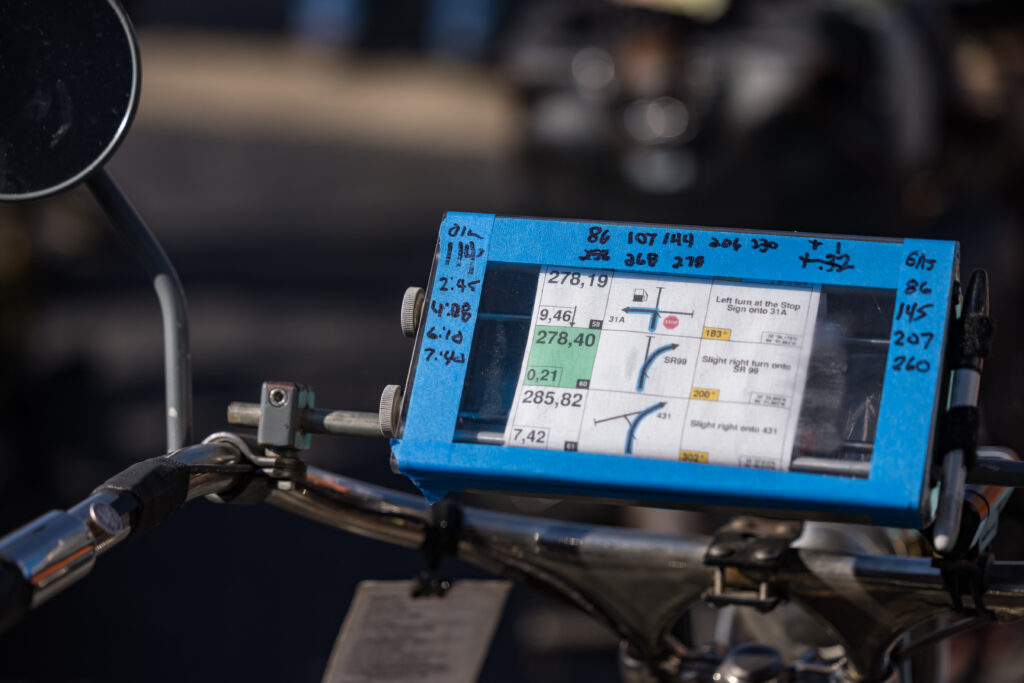



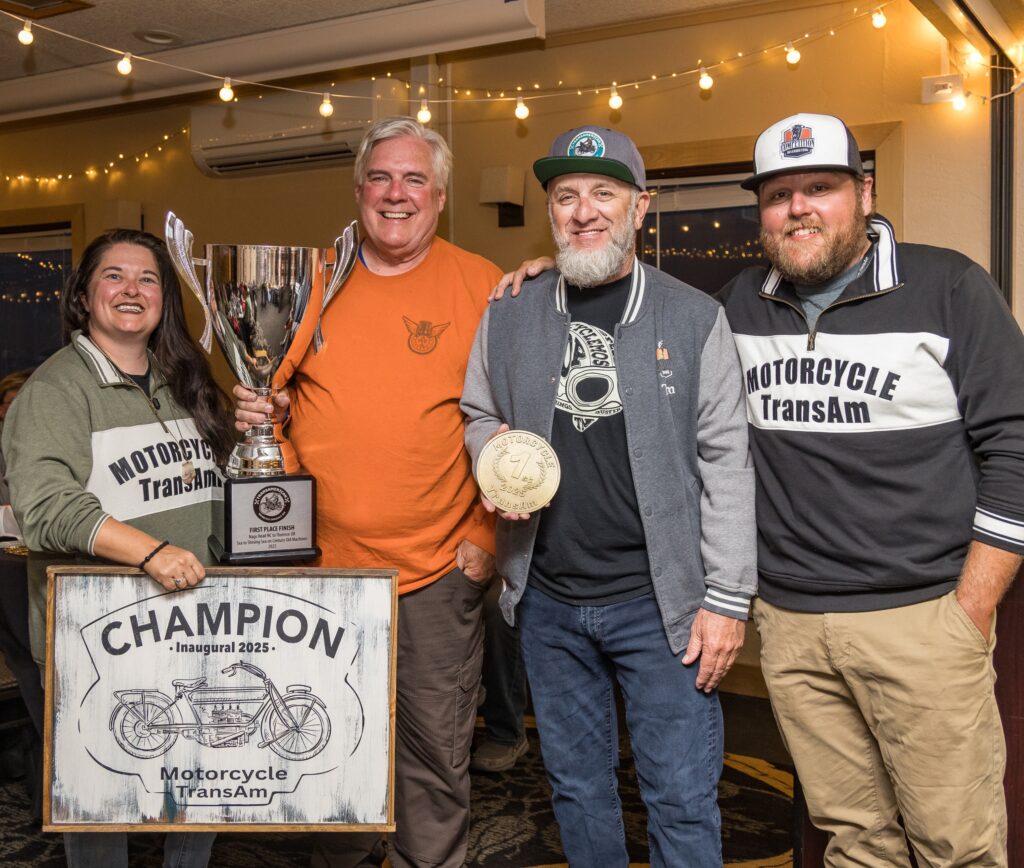
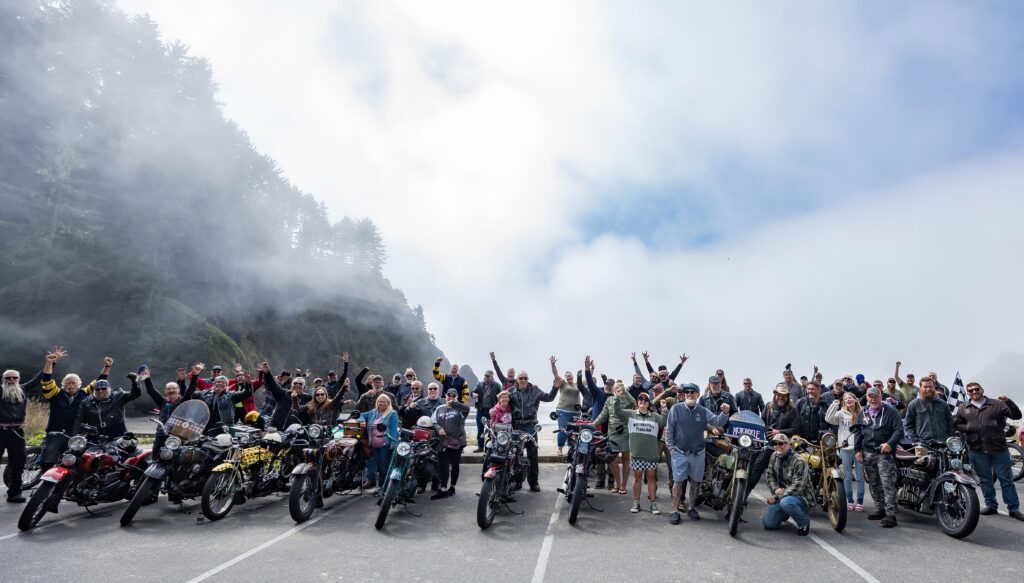


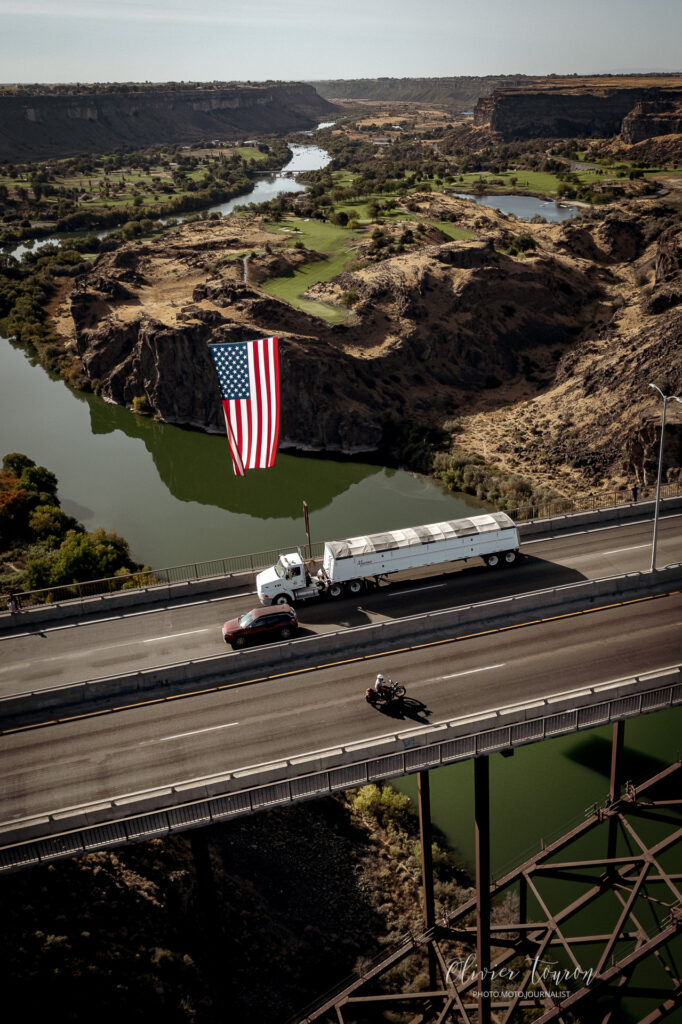
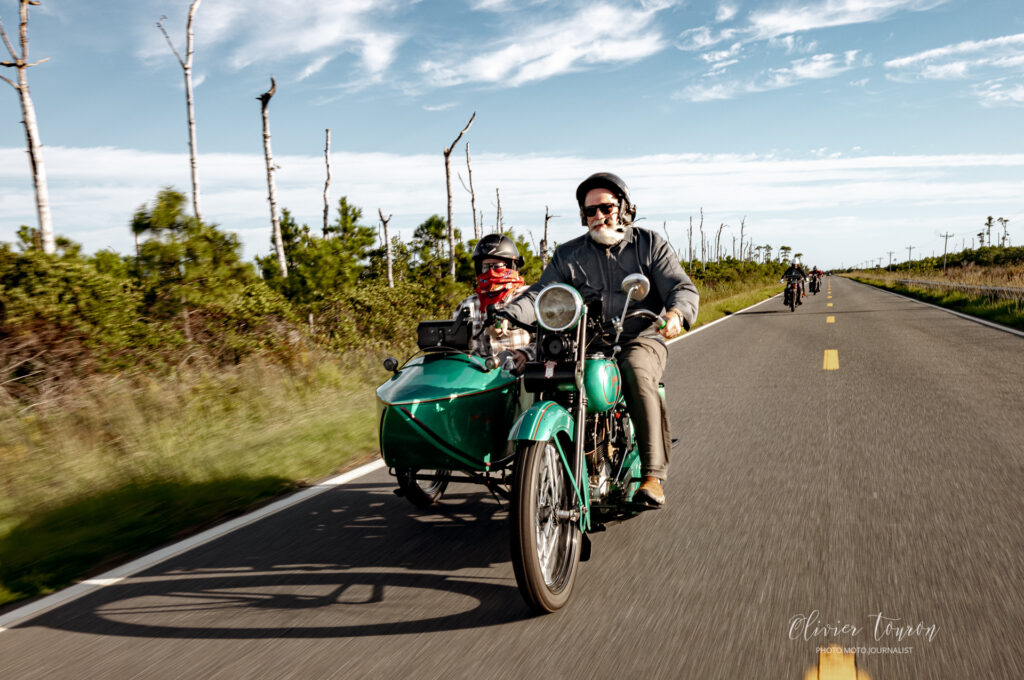
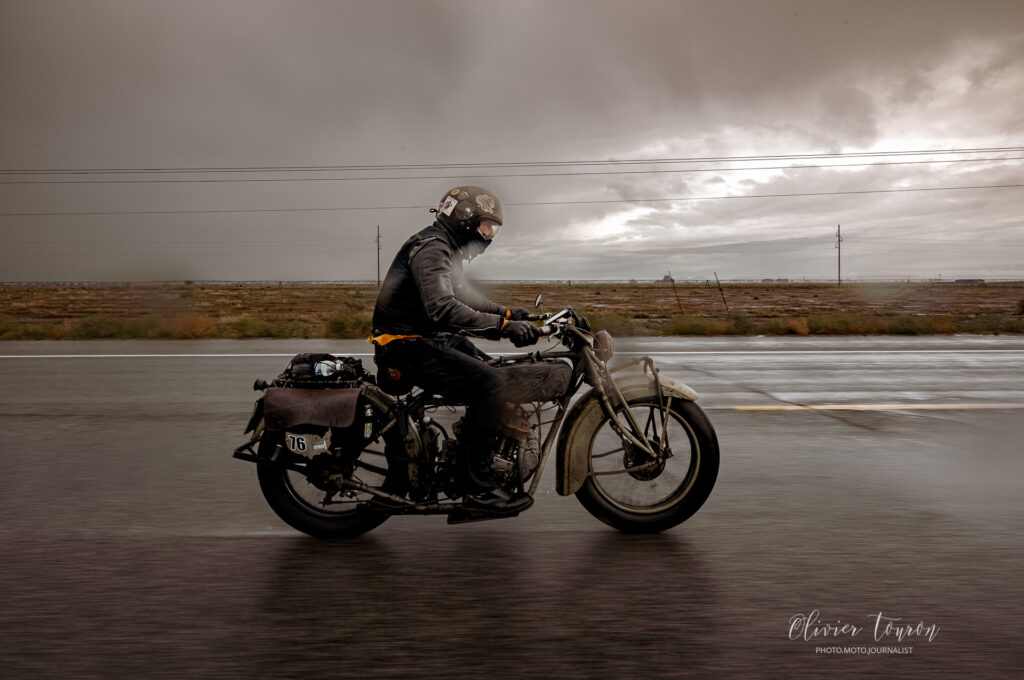


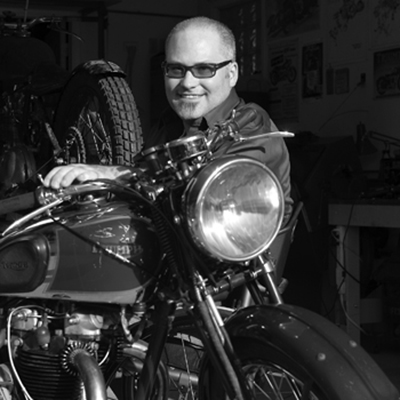



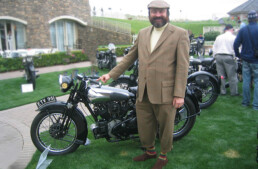
” Really nervous ???
Get real .. get a life little snowflake .
Back when that motorcycle yer riding was fresh off the showroom floor ….. folks were doing rides longer and harder than that .. with
ZERO support !
NO smartphones ( hell .. barely any phones at all )
NO GPS … read a map or end up where you had no intention of being ( not t mention plethora of poorly marked roads if marked at all )
Extremely inconstant mechanical help .. with parts availability being even more inconsistent
Inconstant at best gas availability …in many small villages and towns your sole source of gas was the local pharmacy .. assuming you showed up during business hours and they had any left
And entire contingency of locals who’d rather lynch yer @$$ rather than so much as say hello ( especially below the Mason-Dixon Line )
So … Nervous ? My @$&! More like either over acting in the pursuit of a pathetic need for 15 minutes of digital infamy /attention / validation … or … you’re a spoiled little child in a woman’s body incapable of dealing with the realities of life
Damn I despite these snowflake fakes !
Not to mention these absolute Bull$h**t events .. who’s sole goal is the acquisition of your hard earned $$$ … especially when you could of had the backbone/cojones to do the same ride with a couple of like minded riders … saving yerself a ton of money not to mention having a helluva lot more fun .. along with the potential for a dash of genuine adventure along the way
😎
So Guitar, tell us about your solo cross-country trip on a 100+year old motorcycle. Bet it’s a great story!
Actually, we’ve been pressing the one person who’s actually done that, several times: Victor Boocock. Victor has ridden his 1915 Harley-Davidson across the USA more than once, completely solo. He’s very shy, but we’ve been working on him for ten years, and I think he’s finally going to fess up.
Ahhh … Mr Kahn … direct from the peanut gallery . What if anything have you ever done on a M/C pre SmartPhone GPS .. ludicrously large support crews etc ? Nothing ?
Thought so ! Well Sparky … unlike you .. I have .. both on two wheels and on four .. back when you were either self reliant … or dead in the water .
Can you make the same claim
And in as far as riding x-country on a 100 year old antique with enough support to maintain a small army with a price tag to match ?
Remind me …. WTF would I ? Suffice it to say pretentious stupidity for the sake of fake nostalgia is not in my genes .
Dave Shelton
To: g/s
Sitting on the couch in the glare of the lap top. Is there anything you haven’t addressed negatively? You should know, “…The credit goes to the man actually in the arena…”
Congratulations and best of luck to all long distance motorcycle riders. Ride safely.
First off boy wonder ( snowflake perhaps ? ) being of a certain age … I don’t sit in the glare of a laptop , smartphone smart pad or PS …
Second – The quote … who let loose with that ludicrous bit of stupidity ? Captain Kangaroo ( BTW .. it is considered to be respectful to all involved when posting a quote to GIVE CREDIT WHERE CREDIT IS DUE )
Third … I only criticize that which I know or have personal experience with … if the facts given etc are not enough to prove that to you …. your loss .. along with your blatant inability to read ( and no doubt receive ) genuine criticism
Fourth … pay attention ( you can do that can’t you .. or are you addicted to your enshitified phone 24/7 ) when somethings good … I give praise … sometimes to the point of effusiveness when its well deserved
Fifth… pardon me if I come from the age of LJK Setright … Robert Hughes etc when genuine criticism had the effect of making things better .. rather than commending crap and continually making things worse !
So yeah … go ahead … congratulate a bunch of more money than brains wanna be’s for spending a ton of money to accomplish absolutely nothing !
.Not to mention crapping up the environment with their leaked oil ..excess pollution .. and wretched noise .. FACT !
In closing … if you don’t like it … don’t read it .. simple as that … otherwise .. KSMYS
GTRSLNGR
PS; Oh … and by the way … see that little REPLY icon above every post ? Get an effing clue .. use it next time you decide to disseminate your lack of wisdom to us all … and pardon me for exceeding the capacity of your no doubt limited vocabulary … being a dyed in the wools East Coast Elite .. I just can’t help myself
Welcome to the big league … thanks for playing … do come again … I rather enjoy this on occasion !
😎
Yes,as usual the gunslinger is right.Newspapers of the time were full of accounts of motorcyclists being lynched when they stopped in a town.
Lynched , shot .. beat up … arrested … charged with disturbing the peace … jailed … refused service … run out of town .. etc etc etc .
But ahh … lynchings .. unless of a man/woman of color .. hardly ever made it into the newspapers of the day … after all … wouldn’t want one’s small town to look uncivilized now … would one ?
Suffice it to say 100 years ago motorcycles were not exactly a welcome sight in many a rural area
Fact is … in the 70’s depending on your appearance and the area in question … things weren’t a helluva lot better … and truth be known… things are getting worse by the minute today !
Toodles … 😎